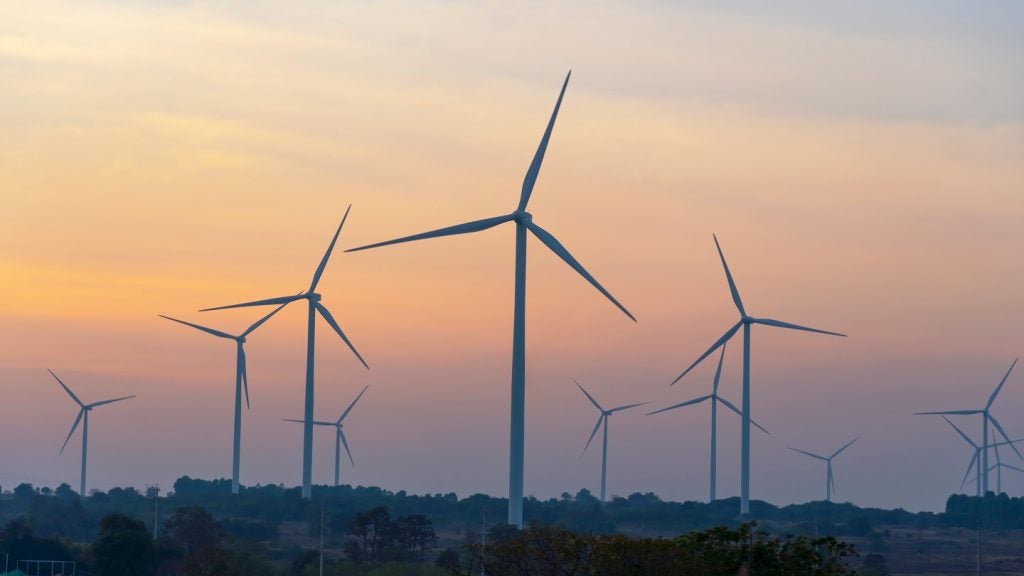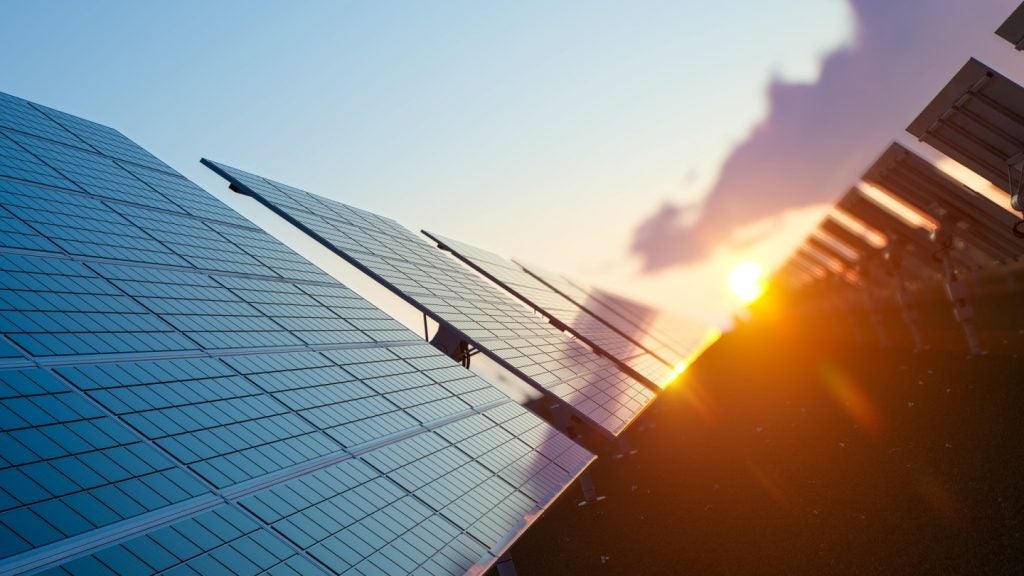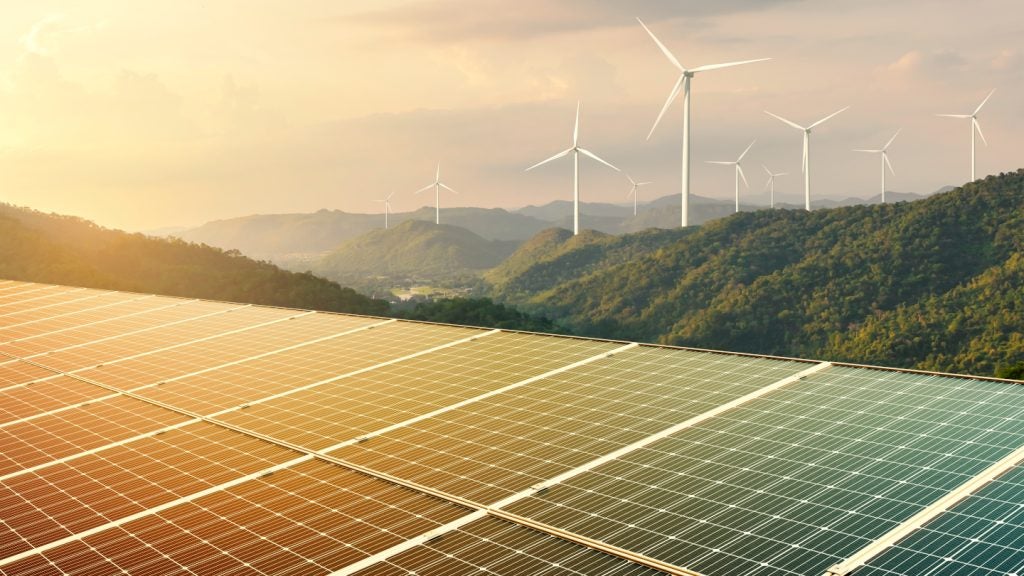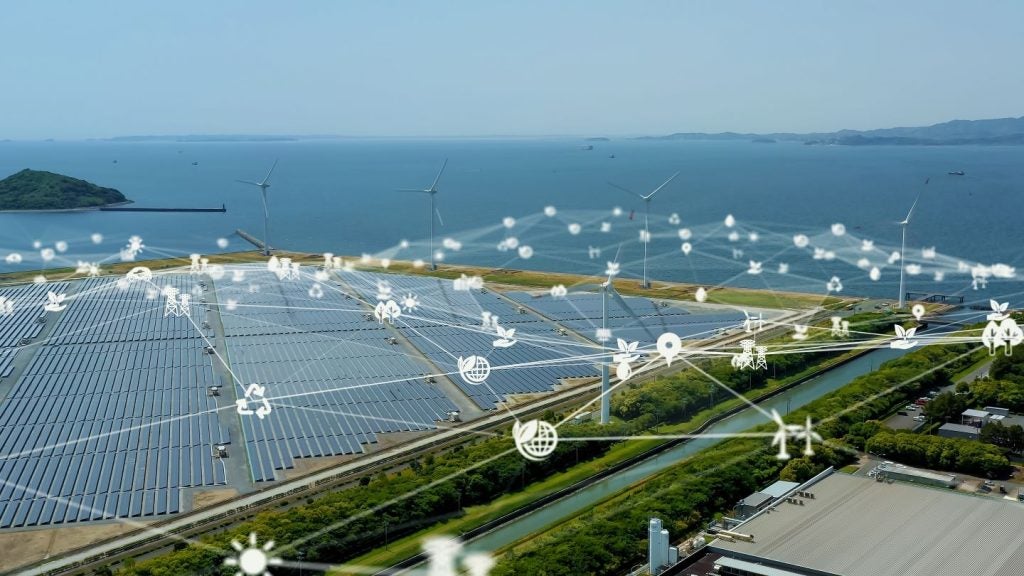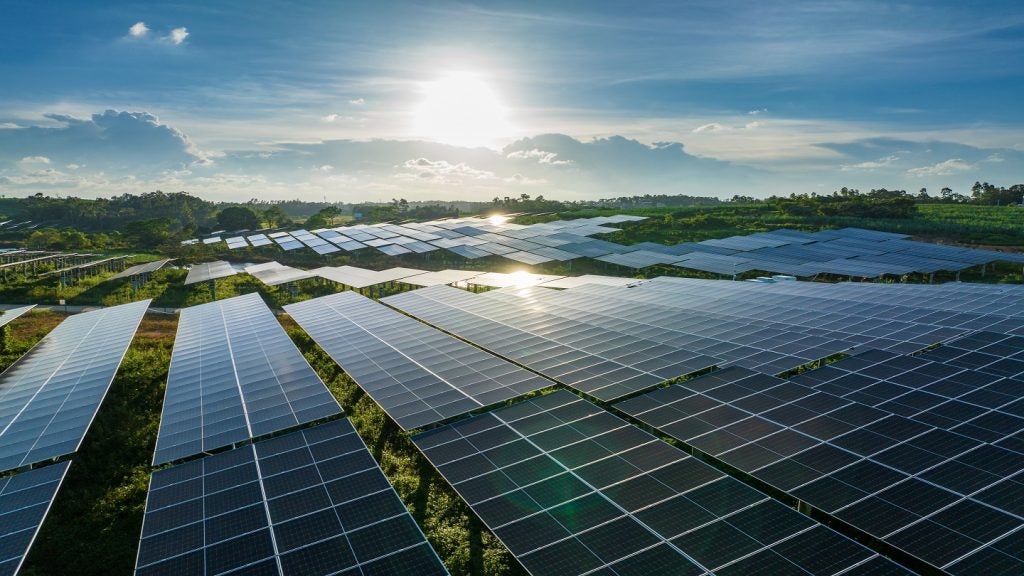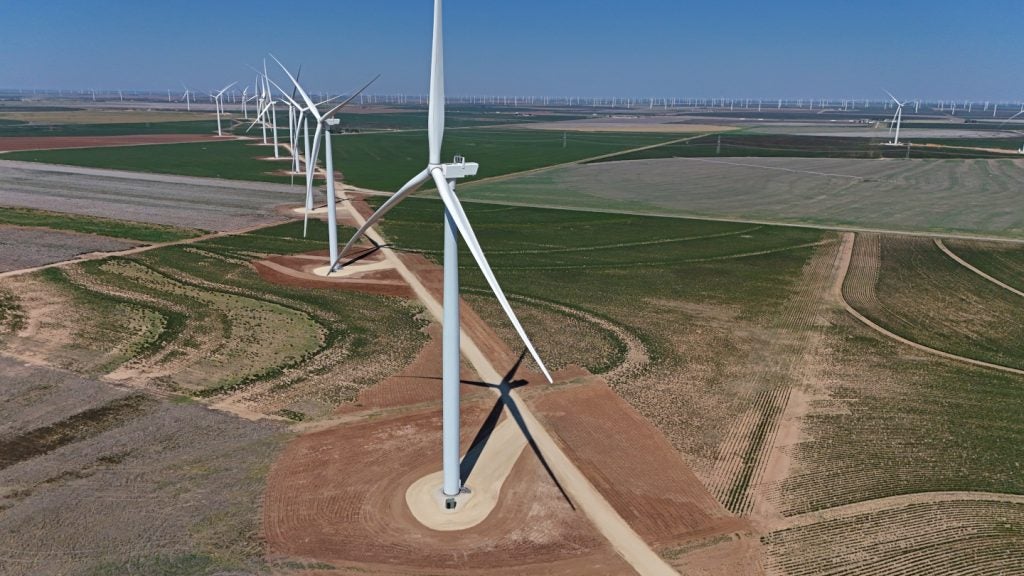The outcome of the 2024 US election is set to have significant implications for the country's power sector, with stark contrasts in energy priorities between Vice- President Kamala Harris and former president Donald Trump.
Alongside the presidential election, the races to decide control of Congress may be equally important. As it stands, the most likely outcome is a split Congress. The Senate is predicted to flip to the Republicans, while the House remains a toss-up. A Democratic Congress is not impossible but remains unlikely, while a Republican Congress is well within the bounds of possibility.
Industry experts from Power Technology’s parent company, GlobalData, explain what is to come for industry following the 5 November elections.
The transition will carry on regardless of outcome
“It is worth highlighting that for all the polarisation that we see today, there is bipartisan support on key energy transition sectors,” says Grace Fan, managing director of global policy research at TS Lombard, part of Power Technology’s parent company GlobalData. “For example, nuclear, geothermal, energy storage, biofuels and clean hydrogen all have support on both sides of the aisle.”
Both candidates also share common ground on carbon capture and storage (CCS), sustainable aviation fuels, hybrid electric vehicles (EVs) and solar energy. Although the extent and approaches to supporting these sectors may differ, their mutual support indicates that “we will see forward motion in the energy transition, no matter who wins the presidential race”, Fan confirms.
Additionally, the US is likely to continue decoupling from China regardless of the election outcome, particularly in critical energy sectors such as EVs, EV batteries, battery parts and solar cells. This trend will intensify global competition, with either Harris or Trump navigating a fragmented energy landscape marked by “great power rivalry”.
Harris: a push for clean energy expansion while maintaining energy security
Driven by her key objectives of reaching 100% renewable power generation by 2035 and a net-zero emissions economy by 2050, Harris is likely to prioritise the growth of renewable energy. An essential part of her strategy is further implementing the Inflation Reduction Act (IRA), which provides substantial funding for clean energy projects such as wind farms, solar panels and the national EV charging network.
However, even if elected, Harris may face obstacles in Congress. A divided government could slow down her efforts to push forward the IRA and other climate-focused legislation. Nevertheless, with 80% of IRA clean energy funding targeting red states, Harris may be able to spin a win-win narrative to leverage bipartisan support.
Harris has also signalled support for strengthening the domestic EV supply chain, bolstering the production of critical minerals and expanding the use of heat pumps and energy storage.
Another of her core pillars is streamlining the approval process for transmission lines and renewable projects, which are crucial for integrating green energy into the grid.
The Energy Permitting Reform Act (EPRA) was introduced this year to cut red tape across energy projects and accelerate transmission line buildout. This bill could pass under her administration with a divided government but will most likely be altered to reflect GOP priorities with a Republican sweep in Congress.
In terms of fossil fuels, the former attorney general of California has positioned herself with a more moderate stance than current democratic President Joe Biden. Harris has indicated that she will maintain oil and gas production to meet rising energy demands from sectors like AI and data centres, marking a shift from her earlier opposition to the industry’s operations such as fracking.
“Harris has clearly signalled that she is not considering a ban on fracking. She has also highlighted upstream as a pillar for energy security in the medium term,” says Paul Hasselbrinck, senior energy analyst at GlobalData.
“She will focus on the demand side rather than the supply side for policies or the fossil fuel phase-out, while still considering stronger environmental requirements.”
Trump: “drill, baby, drill”, decelerate climate initiatives and a question mark over EVs
Donald Trump’s return to the White House is likely to mark a sharp pivot towards fossil fuels. His energy agenda prioritises expanding oil and gas production, speeding up approvals for liquefied natural gas export permits and rolling back environmental regulations.
Trump has criticised green subsidies of the IRA and plans to divert funds to other priorities such as tax cuts and immigration control. He has also expressed interest in pulling the US out of global climate initiatives, in line with his push to withdraw from the Paris agreement during his first presidency.
“Republicans stand by the general narrative that the green agenda is highly increasing costs, but the truth is that investment in clean energy technologies is causing a rapid decrease in costs, and more often than not, they are more economical in a large number of implications, especially for people's daily lives,” Hasselbrinck says.
A Republican-controlled Congress, if elected alongside Trump, would support his efforts to slash climate regulations and IRA programmes. However, a divided Congress might temper his ability to fully dismantle the IRA, keeping some clean energy initiatives in place while limiting oversight and funding for new projects. The same would apply for the progression of the EPRA.
Hasselbrinck notes that Trump’s administration is especially likely to put at risk the offshore wind sector as well as battery EV supply chains, due to ties with China. The latter, however, is yet unclear as “while Trump 1.0 tried to withdraw EV subsidies, now, the owner of the biggest EV company in the US is openly backing the Republican candidate”.
Under Trump, the energy transition is poised to continue, albeit with a focus on technologies aligned with Republican preferences such nuclear power, geothermal energy and CCS. These areas of overlap with Harris’s platform could see continued investment in clean technologies but at a slower pace.
The future of the US power sector hangs in the balance, with two drastically different energy agendas set to influence the nation's trajectory. The election outcome will determine whether the US doubles down on the expansion of green technologies or rekindles its focus on fossil fuels, impacting both domestic policy and global climate leadership.





